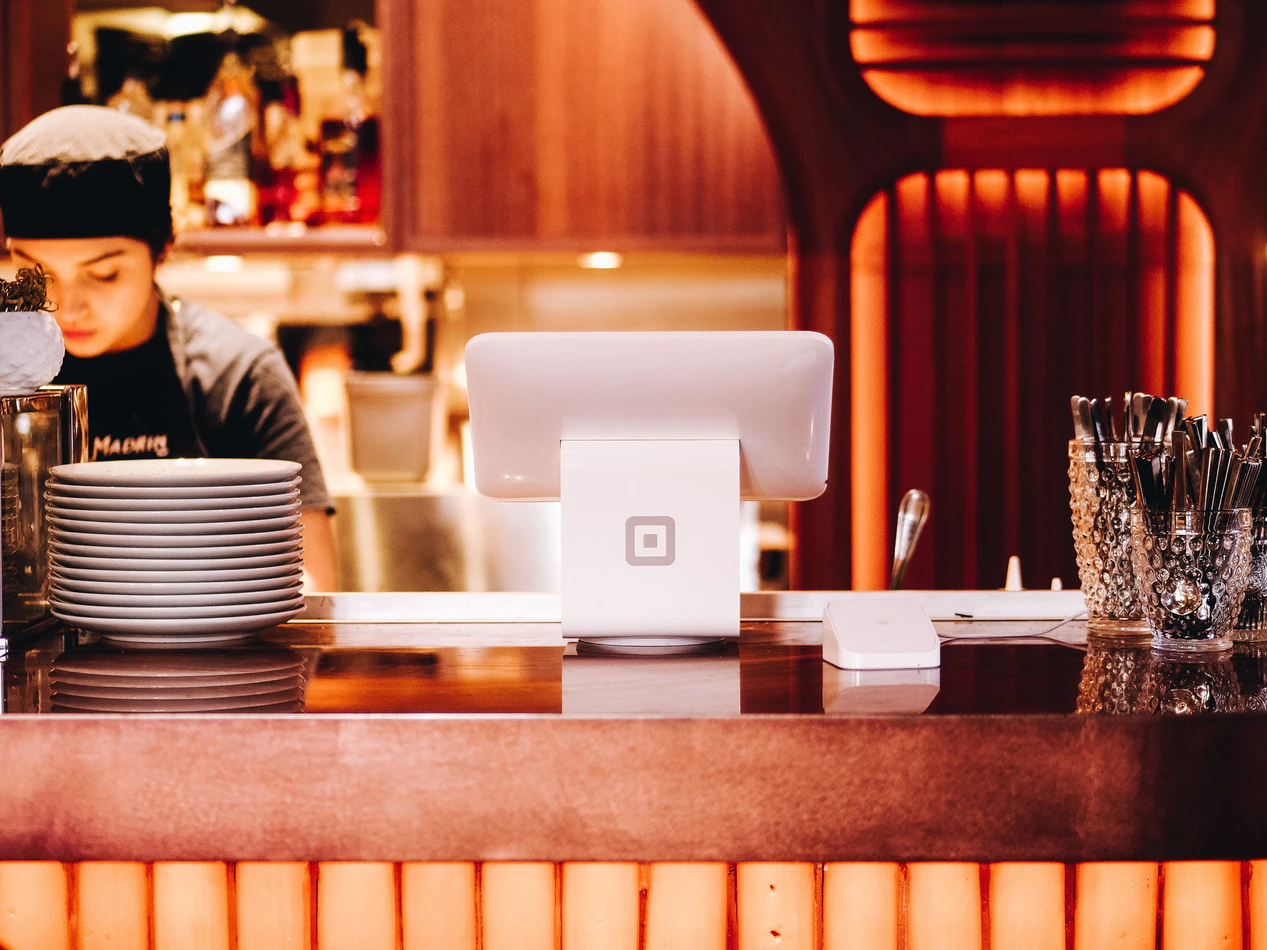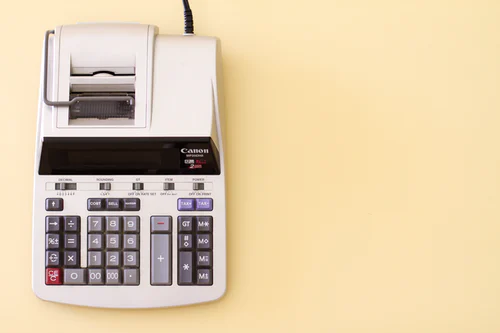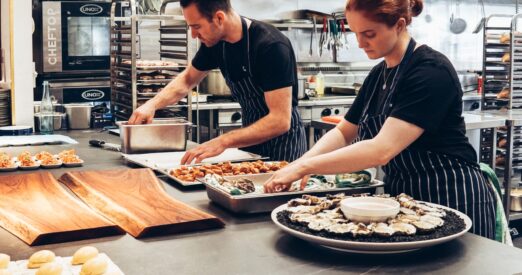
The New Restaurant Tech Stack: An Introduction
by Ottimate Editors
In the restaurant world, few skills are as essential as flexibility.
Restaurants are, at their core, circumstance-consumption machines. They turn ever-changing inputs into a consistent output. The ability to keep recipes in line with changing food costs, onboard new employees, and deal with fresh emergencies every day — all while serving a quality product — is a balancing act. In the Covid era, just being open for business is a triumph of improvisation.
In an environment this dynamic, it’s essential that the tools you use to run your business are able to keep up.
The software you use to manage your restaurant business needs to be flexible. More importantly, it needs to help you be flexible. Software should let you run processes your way, and it should plug into any other software that you decide you need. Restaurant technology is there to help you — not the other way around.
Some restaurants use all-in-one software solutions. Just as many use targeted, specialized solutions that manage one process, or sometimes, one part of one process. Modern restaurant tech stacks — meaning the combined group of software that a business uses — often utilize both. The challenge is deciding when and where to implement each kind of solution.
This three-part blog series dives into the considerations that restaurant owners, managers, and their third-party partners often need to understand in order to implement the right software. This article overviews the functions required of a restaurant tech stack. Part two overviews the elements to look for in every piece of software, and part three discusses timing your investments in new restaurant software.
Understanding the restaurant tech stack
In Toast’s 2019 Restaurant Success report, 84% of businesses said point-of-sale software was critical to their business. Around half said the same for accounting software. Only 35% stated that invoice management software is critical to their business.
In some ways this is unsurprising. While the true cost of processing a paper invoice is north of $21, that cost pays for a system that, to borrow a phrase from tech, “just works.” Paper doesn’t have a learning curve or surprise you with new features. Restaurant managers already know how to sign checks, and many of them are comfortable paying AP staff to type in invoice data all day. The process is inefficient and riddled with errors, sure, but it’s familiar.
Over the last decade, a new type of software has emerged: specialized tools built to handle particular areas of restaurant operations. Instead of seeking to cover more use cases, these systems are optimized for one or two. They prioritize ease of use and business impact over size. They are designed to be “drop-in” solutions, and don’t displace the software you already use; rather they enhance it and help you get more value out of your existing stack.
What Every Restaurant Needs
Before software, paper ruled the world. Restaurants kept their reservations and customer notes in thick binders. Accounting happened in real ledger books. Accounts payable meant paper in and out, from invoices to checks. Manual, paper-based workflows was the default; the norm.
A plethora of new restaurant software solutions to help operators manage their operations is helping to change that. Here’s a quick breakdown of what the most common restaurant tech stacks looks like:
Point-of-Sale Systems (POS) system
While many restaurants still use older POS systems that don’t do much more than taking payments and orders, the latest (and greatest) POS system providers like Revel, Square, Micros, and NCR Aloha, and Toast often become software hubs for data integration, connecting with inventory systems, recipe management systems, accounting, and AP to provide a holistic view of the business. POS systems often are the heart of your business, so it’s important to pick a solution that integrates with most other systems, has convenient-to-use interfaces and hardware and is easy to keep updated.

Inventory & Recipe Management System
A good inventory management is worth its price. It will save your team countless hours of manual data entry, free up staff time to focus on serving customers, and connect with your POS system to seamlessly feed in data from the front-of-house to the back-of-house, providing a clearer and more complete picture of stock levels, costs, and ordering needs. Additionally, an integrated inventory and recipe management system like COGS-Well helps tie the loop on data from your POS system, and inventory system to help design and manage your recipes better to control cost of goods sold (COGS)

Accounting Software
Picking the right accounting software is important because you want the data from your inventory system, POS system, accounts payable and spend management to flow correctly into your chart of accounts. The last thing you want to do is spend 5 hours on a Friday evening before Tax Day trying to sort out mis-labelled General Ledger line items. Accounting platforms like QuickBooks, Sage Intacct, and Microsoft Dynamics (among others) integrate well with other tech stacks and lend themselves well to automation.

Online Reservation Systems
Online reservation systems are becoming increasingly popular with restaurants that have a lot of customer demand. Being able to view and reserve tables online is a huge plus for patrons, and are a great tool for front-of-house staff to manage wait times and open tables during service. The software is also usually available on tablets and syncs with POS systems to help staff add guest notes and reservation details. Online reservations are also an avenue for restaurants to run guest loyalty programs and ensure the best possible customer experience for repeat customers. Some of the biggest players in this space include OpenTable, SevenRooms, Table Up, and Tock.
Take Away, Click & Collect and Mobile Order-Ahead Platform
In lieu of using platforms like Uber Eats or Door Dash, some restaurants may choose to use their own software to manage takeout, order-ahead and click & collect orders. Customers appreciate the ability and convenience of ordering ahead and not having to wait in line. Mobile ordering from the table is also becoming popular as a way to avoid having to touch menus or minimizing contact during the pandemic.

Accounts Payable & Spend Management Platforms
Accounts payable and spend management platforms like Ottimate are an important part of your business because they automate the most tedious part of the restaurant business – paying your bills on time and managing your spend. AP platforms automatically process, route and schedule bills for you so you never have to manually enter an invoice or worry about it being coded to the right GL-code in your accounting system. Spend Management platforms are especially useful for multi-location restaurants where tracking and controlling spend within a petty cash fund can be manually intensive.
From A Swiss Army Knife to Specialized Chef Knives
Restaurant software is not a yes-or-no proposition. Many businesses that have invested in software for one part of their operation still do manual, paper-based work elsewhere. This has created schizophrenic operations in restaurants, where parts of the business are streamlined and data-driven while others are stuck in the slow, opaque old days.
The new restaurant tech stack has emerged to fill this gap. This new generation of tools are smaller and more specialized, designed to work alongside the large solutions while delivering value in those overlooked areas.

Stay up to date on the latest news in AP automation and finance
Related

